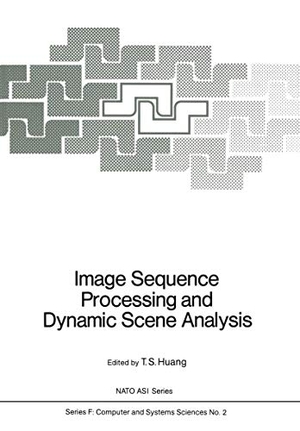Für statistische Zwecke und um bestmögliche Funktionalität zu bieten, speichert diese Website Cookies auf Ihrem Gerät. Das Speichern von Cookies kann in den Browser-Einstellungen deaktiviert werden. Wenn Sie die Website weiter nutzen, stimmen Sie der Verwendung von Cookies zu.
Cookie akzeptieren
Image Sequence Processing and Dynamic Scene Analysis
- Springer Berlin Heidelberg
- 2011
- Taschenbuch
- 760 Seiten
- ISBN 9783642819377
This volume contains the proceedings of the NATO Advanced Study Institute on "Image Sequence Processing and Dynamic Scene Analysis" held 21 June - 2 July, 1982 in Hotel Maritim, Braunlage/Harz, Federal Republic of Germany. The organizing eommittee of the institute consists of T.S. Huang (Director), H.G. Musmann (Co Director), H.H. Nagel (Consultant), and C.E. Liedtke and W. Geuen (Local 'arrangement). This Institute was devoted to the rapidly emerging field of image sequence processing and dynamic scene analysis which has man! important applications in cluding target tracking, television bandwidth compression, highway traffic moni toring, and analysis of heart wall motion for medical diagnosis. The lectures and discussions in this Institute fell into three
Mehr
Weniger
zzgl. Versand
in Kürze